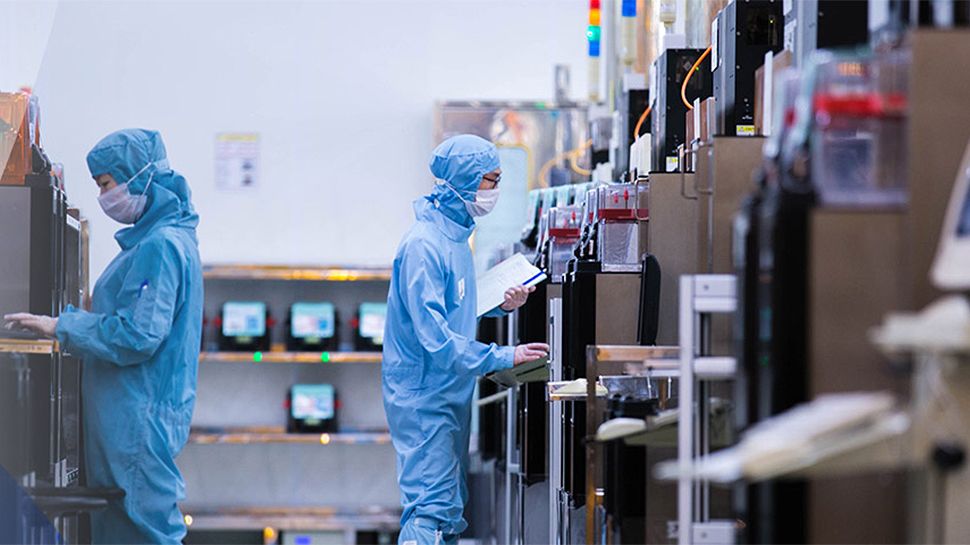China is expected to spend a total of $50 billion on semiconductor equipment in 2024. This level of spending indicates Chinese chipmakers’ expectations for future market demand and the overall health of the semiconductor industry.
China’s investment is driven by a need to secure a stable supply of chips critical to various industries, which is why over a dozen Chinese fabs are coming online in 2024 and 2025. Therefore, this surge in spending is not limited to the country’s top-tier manufacturers, such as Semiconductor Manufacturing International Corp. (SMIC) and Hua Hong, but also includes significant contributions from smaller and mid-sized chipmakers. These investments enabled China to maintain its position as the world’s largest market for chipmaking equipment. Virtually all new Chinese fabs are focused on trailing nodes, as it is hard for Chinese companies to get the advanced tools required to make chips on leading-edge process technologies.
China is the only major market to increase its spending on fab tools compared to the previous year despite a global economic slowdown. In contrast, Taiwan, South Korea, and North America all reduced their investments in wafer fab equipment during the same period.
The spending surge in China has also significantly impacted chipmaking tool makers. Companies like Applied Materials, Lam Research, KLA from the U.S., Tokyo Electron from Japan, and ASML from the Netherlands have all reported increased revenue contributions from Chinese companies. Such contributions range from 32% at Applied to 49% at ASML.
China’s aggressive purchasing has driven the chip industry’s capital intensity to exceed 15% annually for four consecutive years since 2021. Like global semiconductor sales, this metric is a crucial indicator of the industry’s supply-demand equilibrium.
The outlook for the semiconductor industry remains strong. The industry’s growth in 2024 has been primarily driven by increasing demand for memory chips and chips related to AI. However, other sectors, such as automotive and industrial chips, have experienced only moderate growth as they adjust to market conditions.
Nikkei reports that China’s spending on new semiconductor facilities is expected to normalize over the next two years. However, global spending on semiconductor equipment is projected to rise, particularly in Southeast Asia, America, Europe, and Japan, as these regions move to bolster their chip production capabilities in the coming years.











